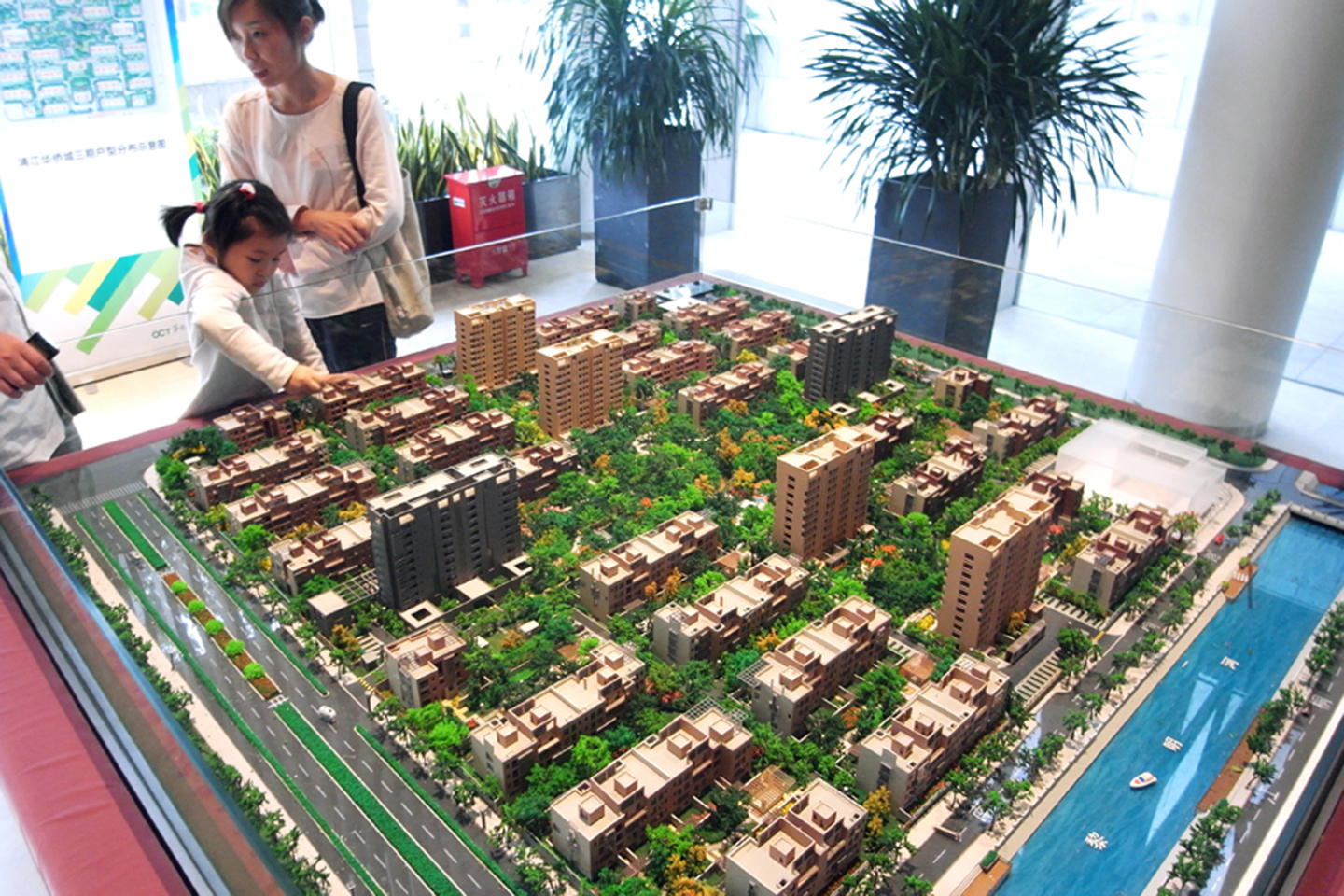“Western” Cities in China: Pretty Landscapes, Urban Experiments, or Both?
Several books published recently have shed interesting light on architecture and urban models inspired by the Western world and re-appropriated by China.
Now nearing completion, nine new towns built around Shanghai are making quite the first impression: led by a team of European planners and architects, each one of the towns takes on a western style of its own (Swedish, Italian, Canadian, etc). While not at the scale of actual cities, the new towns are comprised of neighborhoods and streets with architectural and aesthetic styles that embody “western lifestyles”. Ten years after their conception, these urban complexes, wanting to be autonomous from the city’s center, are generating some controversy. Some doubts remain as to whether this kind of architectural pastiche really meets the needs of the city and its inhabitants. Often referred to as “ghost towns”, these cities are intended to house middle-class households. In reality, however, these kinds of small English cottages are often out of the price range of many households and frequently remain empty or only partially filled for long periods time. In most cases, only the wealthier classes, opting to purchase a second home or make a property investment, can afford to buy such villas.
In the opinion of Harry Den Hartog, a Dutch urban planner who authored a book on Shanghai new towns, many of these distant cities also suffer from a lack of access to transportation. According to Hartog, while the government seems to be more concerned with developing real estate than urban planning, a balance needs to be struck between market-driven supply and the real needs of the population.
Departing from the usual criticisms, Bianca Bosker, author of the recent book Original Copies: Architectural Mimicry in Contemporary China, published by the University of Hawaii, argues that there is more than just the dreams of the newly rich in these kitsch imitations. In an interview on the China Urban Development Blog, she asserts that China still needs to find a viable model of sustainable urban development to face its demographic challenges: the country has already experienced a lot and will still experience more “for better or for worse”. Furthermore, imitation in China is not as maligned as it is in the West today. To copy a foreign creation known for its sophistication is seen as evidence of China’s progress. As summarized in an article from the South China Morning Post: “To copy is to equal”.
-
2013/01/30

-
Shanghai

-
Angèle Cauchois


the other map
Explore arrow
arrow
loading map - please wait...




